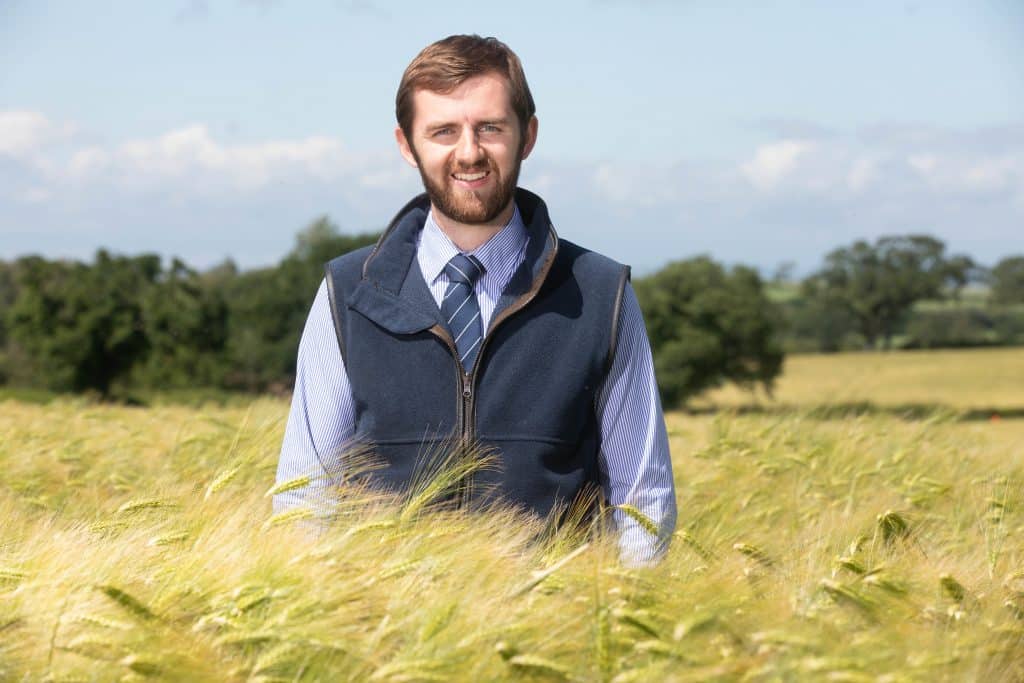Crop Watch: T1 fungicide timing tricky in variable season – Farmers Weekly
Like the weather, wheat growth stages are variable and this is making it tricky to get T1 fungicide timings right. Read the latest updates from Conor Campbell in the North...
As the fourth week of April arrives, the weather remains highly variable with below-average temperatures for this time of the year.
Like the weather, wheat growth stages are variable and this is making it tricky to get T1 fungicide timings right. Read the latest updates from Conor Campbell in the North of England.
While the weather is showing signs of improvement, crop conditions still provide a challenge with regards to inputs and how best to treat them.
The past six months have taken their toll on all of us, and morale is being tested.
We are a very resilient industry, but even the most resilient can struggle, so if you are struggling, then please talk to friends, family, neighbours.
We won’t get through this as individuals, but as a team!
As conditions improve, it’s nice to see tractors back in the fields again. There has been a lot of nitrogen applied in the last week as we play catch-up with applications.
Crops are understandably stressed, and I think it’s important to pick what we apply to them and when. A measured approach is important while these crops recover.
Winter barleys are around growth stage 31 and ready for their main T1 application. This will unavoidably be a heavy tank mix as we try to tackle everything in one go.
Disease pressure is moderate in the crops I’m walking, rhynchosporium and net blotch are the focus, with some brown rust.
Wheat fungicides
Wheats are all over the place, which makes timings a nightmare. I have everything from growth stage 29 to seemingly nearly ready for T1, so organising the workload is interesting.
It’s important to not apply T1s too early, otherwise the gap to T2 will be stretched.
Personally, I am leaving grassweed herbicides on stressed crops for now. It’s finding the balance between doing a good job on the weeds, but not compromising the crop.
Oilseed rapes are extremely variable depending on ground conditions and cabbage stem flea beetle larvae pressure.
With the aim of balancing workload, I’m not rushing into them if we haven’t been on already.
I will catch them at early flower once we’ve broken the back of the workload and then review this again at mid-flower for the better crops.
An important point in the cereals is the noticeable apical dominance, where the main stem shoots away leaving the tillers behind.
There may be a temptation to leave out plant growth regulators as crops look stressed. This is a false economy and will come back to haunt at harvest.
They will help balance out the plant and allow the nutrition to the tillers, but also encourage rooting which is greatly needed after the wet weather.
The skill is in the product choice and the rate, so this will need to be tailored across the farm.
